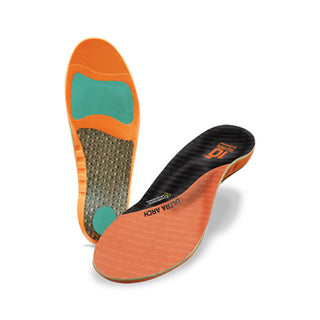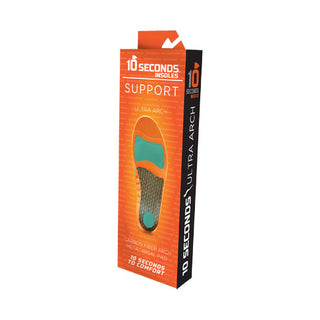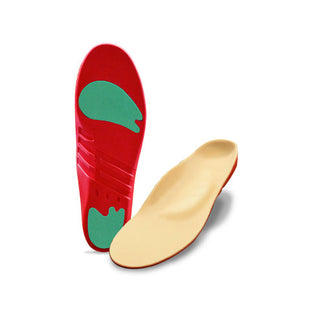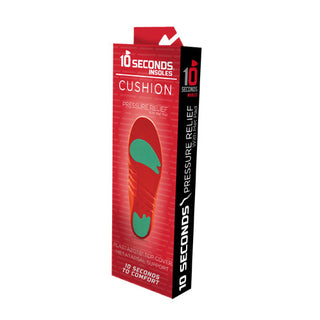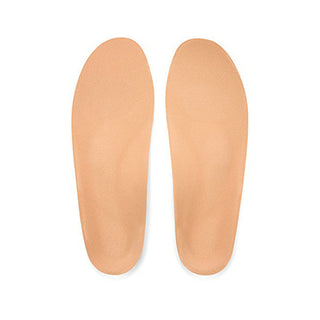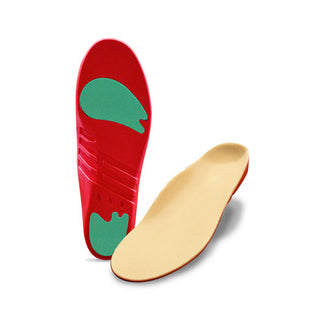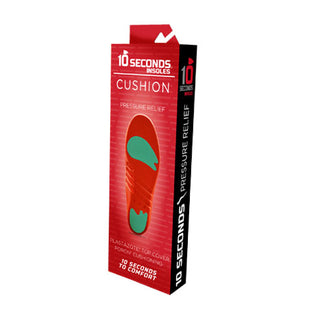Metatarsalgia (Ball of Foot Pain)
Recommended for Metatarsalgia (Ball of Foot Pain)
View allPain Can Make It Hard to Walk
Metatarsalgia is a term used when pain is located in the ball of the foot. It is a broad term and there may be a more specific term that can be used for the specific condition. You may experience aching or burning beneath the ball of the foot and you may feel as if you have a pebble in your shoe. The discomfort is often made worse with standing or walking activities.
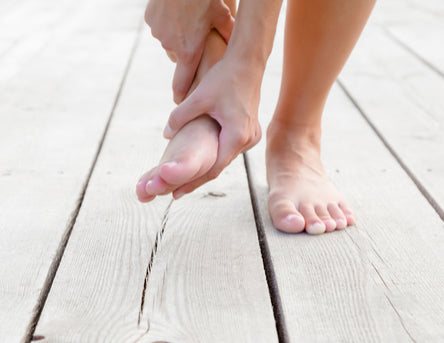
Mild cases can usually be treated through home remedy but if it is severe or persistent a doctor’s diagnoses of the exact condition may be needed.
Browse our full collection of insoles for metatarsalgia.
What Is Ball of Foot Pain (Metatarsalgia)?
Metatarsalgia can be a painful condition in which sharp, aching, or burning pain is felt in the ball of the foot. Burning or cramping pain associated with weight bearing is typically located in the central metatarsal heads and joints. Generally, inflammation in the ball of the foot is present. There are different forms of metatarsalgia two of which include:
Synovitis
Synovitis is a form of metatarsalgia which is an inflammation of the joints, and this is commonly seen in patients with rheumatoid arthritis.
MTP joint complex
MTP joint complex is a form of metatarsalgia also known as a stone bruise. The patient experiences the feeling of a stone, pebble or hard pea in the shoe when standing, with discomfort increasing by walking barefoot on hard surfaces.
Morton's Neuroma
Morton's Neuroma is a thickening of nerve tissue between your third and fourth toes. It is commonly called a "pinched nerve." The patient will usually experience a sharp, burning pain or tingling sensation. This is a common form of metatarsalgia.
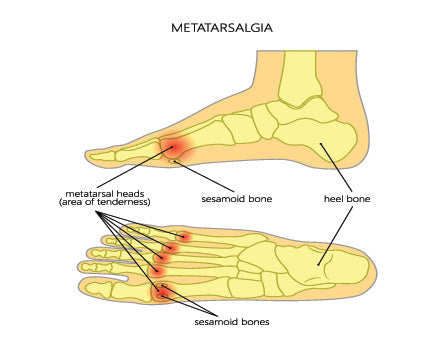
There are different forms of metatarsalgia.
What Causes Metatarsalgia (Ball of Foot Pain)?
Inflammation of Metatarsal Bones
Metatarsalgia is caused by inflammation of one or more of the metatarsal bones (toe bones) and the joints in the ball of the foot. The pain and inflammation are usually due to excessive pressure over a prolonged period which can be caused by activity, improper footwear, or foot structure. Once developed, the problem will become progressively worse with wearing inappropriate footwear.
Poorly Fitted Shoes
Poorly fitting shoes are the most common cause of metatarsalgia. Shoes that are too small, shoes that lack proper support, and high-heeled shoes can put stress and strain on the foot and cause the condition to develop. Strenuous activities such as running or jumping are another possible cause, especially when the activities are repeated frequently.
What Can I Do to Treat Pain in the Ball of My Foot?
In many cases, simple home care and proper supportive shoes and insoles with metatarsal pads are enough to allow metatarsalgia to heal. However, if the condition is severe or not subsiding with home treatment a doctor should be consulted because a more specific diagnosis may be needed.
Try a metatarsal pad (met pad)
One of the most effective treatments for metatarsalgia is placing a metatarsal pad (met pad) beneath the ball of the foot. This reduces the pressure on the affected metatarsal heads and provides support for the transverse arch.
When you are adding a metatarsal pad to a shoe or an insert it is important to place it properly. The met pad should be centered behind the 3rd metatarsal head. It should be placed in the section of soft tissue just behind the ball of the foot. Do not place the metatarsal pad beneath the metatarsal heads, instead place it proximal to the met heads.
If you are uncertain of where to place the met pad you may want to consider purchasing a shoe insole that has the metatarsal pad built in. Many insoles have a met pad built into the correct spot. These should be utilized because the correct placement of the met pad is important.
Upgrade your footwear
It is also important to wear good shoes with adequate width and depth and proper support and cushioning.
A slight rocker sole in the forefoot of the shoe can also aid in relief because it reduces the amount of force exerted on the metatarsal heads at the toe-off. Ice and resting the foot should help with the pain and inflammation. A gentle massage or the use of a tennis ball or Foot Rubz ball can also help to relieve the pain.
When to See a Doctor For Ball of Foot Pain
If the pain persists or worsens, it's important to consult a doctor. A more specific diagnosis might be needed, especially in severe cases.
Remember, while these home treatments can be effective, professional advice is essential for persistent or severe foot pain.
How To Choose Insoles For Ball Of Foot Pain
When shopping for insoles or inserts to help ease ball of foot pain, look for the following:
- Metatarsal Pad: Essential for alleviating ball of foot pain, a metatarsal pad helps redistribute pressure away from the painful area.
- Arch Support: Proper arch support in insoles is crucial for balancing weight distribution across the foot, reducing strain on the metatarsal bones.
- Material and Cushioning: Look for materials like memory foam or gel that provide effective cushioning and impact absorption to relieve pressure on the ball of the foot.
- Shock Absorption: Insoles should have good shock-absorbing properties to minimize the impact on the ball of the foot during activities.
- Fit and Sizing: Ensure the insoles fit well within the shoes and are appropriately sized for the foot, as improper fit can exacerbate foot pain.

